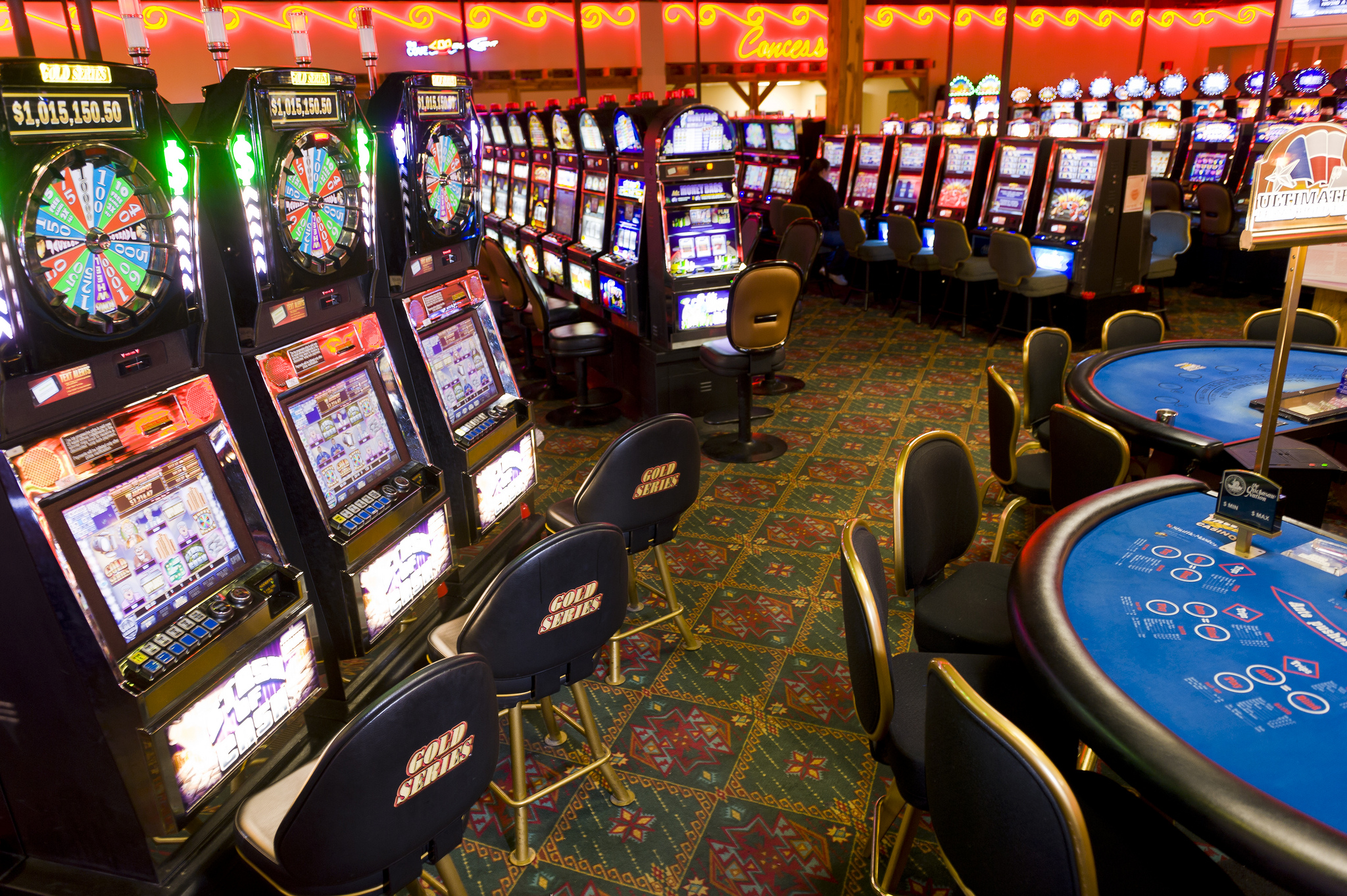How Gambling Games Employ Hue and Style to Entice Players
Within a lively and stimulating world of gaming establishments, wherein luck and strategy intertwine, color and design play a key role in attracting players. From the moment players step inside a casino or access a gaming website, they are immersed in a visual feast that grabs their attention and entices them to discover further. Bright colors, engaging graphics, and innovative layouts are meticulously crafted to create an atmosphere of thrill and expectation, ultimately enhancing the gaming experience.
While players move through the ever-changing landscape of casino games, they come across a variety of designs that not only serve aesthetic purposes but also influence emotions and choices. Hues like red and gold symbolize wealth and fortune, while calm blues and greens can create a more tranquil environment. Understanding how these elements work together enables casinos to create an welcoming and energizing atmosphere that encourages players to engage with the games, spend additional time at the tables, and increase their overall enjoyment.
The Psychology of Hue in Casino Games
Color plays a key role in the design of casino games, affecting players’ feelings and responses. Lively and bold shades, such as red and gold, are often used to stimulate excitement and attract notice. These hues create a feeling pressure and dynamism, encouraging participants to involve themselves more readily with the game. By thoughtfully selecting hues, developers aim to inspire emotions of satisfaction and expectation, which can enhance the complete player experience.
Various colors also have psychological meanings that can impact how gamblers perceive their odds of winning. For case, lime is commonly associated with luck and abundance, making it a well-liked choice in games like the roulette wheel and poker tables. This connection can lead gamblers to feel more optimistic and self-assured in their gameplay, ultimately motivating them to stake more. Comprehending these associations allows game developers to create environments that enhance player enjoyment and retention.

In addition, the layout of gaming interfaces often employs gradients and differing hues to direct player actions. For example, winning combinations may be highlighted with vivid, differing hues, creating a visual incentive. This method strengthens successful results and promotes repeated participation. 6789 casino By utilizing the science of color, gambling establishments can create games that not only attract gamblers but also maintain them interested and committed in their play experience.
Design Features that Attract Players
The aesthetic appeal of casino games is largely influenced by the implementation of vibrant colors. Bright and contrasting colors are deliberately chosen to create an inviting atmosphere that grabs interest. For instance, reds and golden hues often signify good fortune and wealth, which is why they are prevalent in the color schemes of slot machines and game surfaces. These colors not only draw players in, but they also stir emotions related to excitement and expectation, enhancing the total gaming experience.
In addition to color, the aesthetic and organization of casino games play a significant role in player attraction. Games are designed to be intuitive, ensuring that players can easily understand the guidelines and gameplay. Accessible interfaces, along with captivating graphics and motion, help maintain player interest and encourage longer play sessions. The tactile elements, such as the feel of the controls and the sounds of the games, also add to a comprehensive sensory experience that keeps players immersed.
Finally, conceptual elements in gaming design can greatly influence gaming decisions. Many casino games are inspired by popular culture, myths, or exploration motifs, featuring symbols and characters that connect with players. These themes create a sense of immersion and connection, making each game feel distinct. When players feel a connection to the concept, they are more likely to opt for that game over others, leading to higher participation and enthusiasm within the gambling environment.
Case Studies: Successful Casino Slot Designs
One noteworthy example of impressive casino game design is the well-known slot machine series based around hit movies. Games such as those based on the The Wizard of Oz and Game of thrones utilize bright colors and superior graphics to enthrall players in familiar narratives. The employment of lively visuals and captivating sound effects captures the attention of players, establishing an affective connection to the theme. This approach not just fosters longer play but also enhances the overall gaming experience, leading to increased player retention.
Another effective case is the use of color psychology in table games like 21 and roulette. Casinos often develop these games with rich reds and greens, colors traditionally connected with luck and wealth. For instance, the emerald felt on a blackjack table provides a relaxing effect, while the red accents in roulette invite excitement. This intentional use of color helps to establish an inviting atmosphere that stimulates players to join in, addressing their psychological impulses and increasing their enjoyment.
Finally, social casino games that feature community features and lively, dynamic designs have experienced remarkable success in engaging players. Games like Zynga Poker and Slot-O-Mania leverage striking colors and playful animations to forge an inviting online environment. The integration of leaderboards, social sharing options, and in-app rewards encourages competition and community, attracting players in for longer sessions. Such designs not just make the games visually enticing but also underscore community engagement, a key factor in player retention and engagement within digital casino environments.